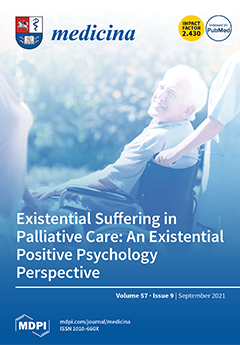Background and Objectives: Vision impairments and related blindness are major public health problems. The prevalence of eye disease and barriers to optimal care markedly vary among different geographic areas. In the Abruzzo region (central Italy), an epidemiological surveillance on the state of ocular health in the population aged over 50 years was performed in 2019.
Materials and Methods: Participants were sampled to be representative of the region’s inhabitants. Data were collected through a telephone interview and an eye examination. Prevalence of cataract, glaucoma, retinopathy, and maculopathy was assessed. The Cohen’s kappa (k) was used to measure the agreement between the presence of eye disease and awareness of the disease by the participants.
Results: Overall, 983 people with a mean age of 66.0 ± 9.5 years were included in the study. The prevalence of cataracts, glaucoma, maculopathy, and retinopathy was 52.6%, 5.3%, 5.6%, and 29.1%, respectively. Among the total of the affected people, those aware of their condition were 21.8% (k = 0.12, slight agreement) for cataract, 65.4% (k = 0.78, substantial agreement) for glaucoma, 7.1% (k = 0.10, slight agreement) for maculopathy, and 0% for retinopathy (k = −0.004, agreement lower than that expected by chance). Refractive defects were corrected in the vast majority of participants.
Conclusion: In the Abruzzo region, about two thirds of citizens aged 50 years or over suffer from cataract, glaucoma, retinopathy, or maculopathy, which are recognized as leading causes of blindness. Many people with eye disease do not know they have it. These data can be used by clinicians and policymakers to undertake clinical, political, and social actions.
Full article






